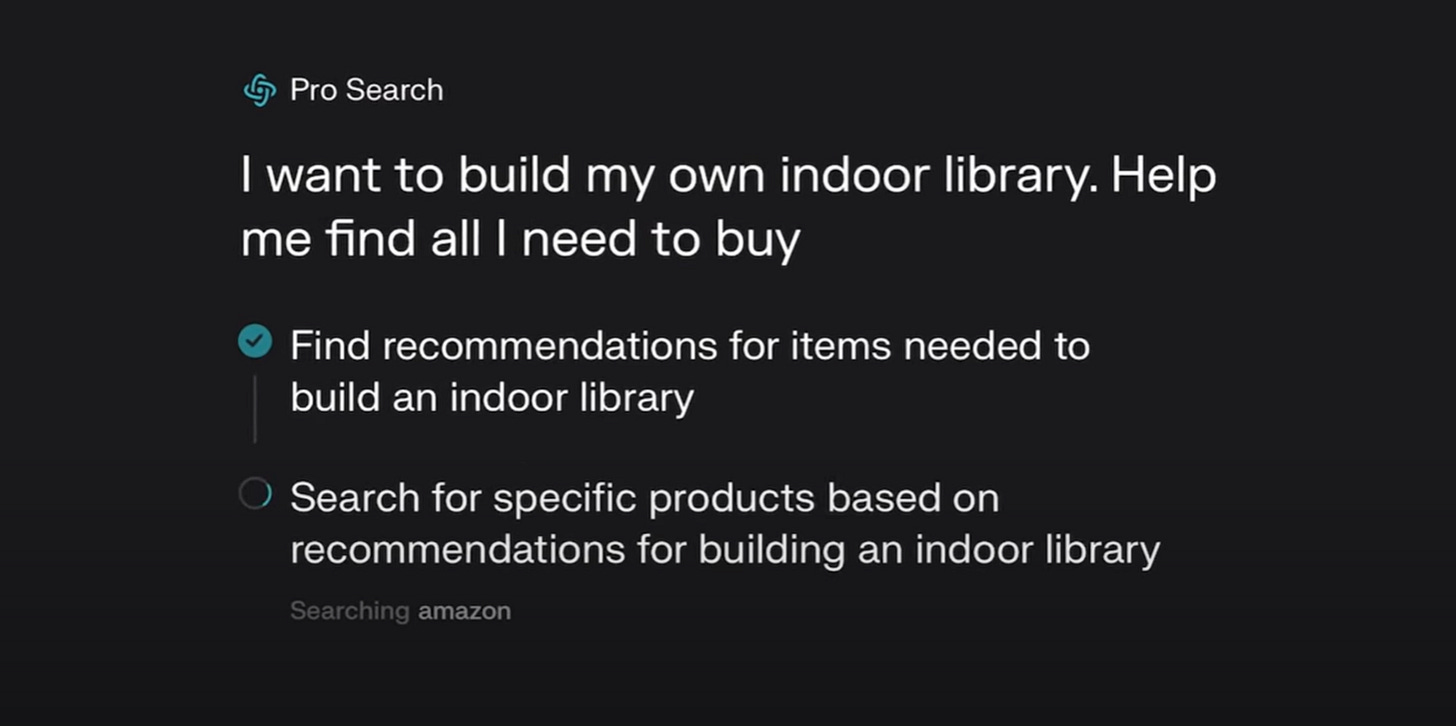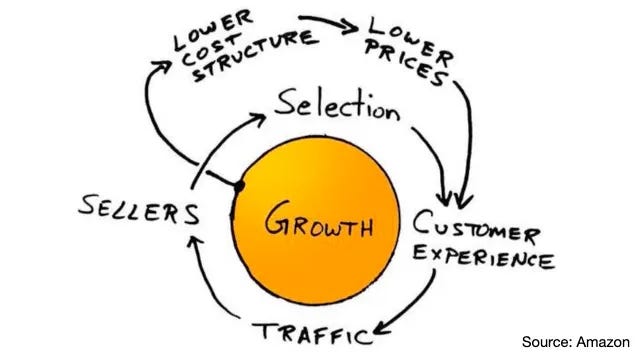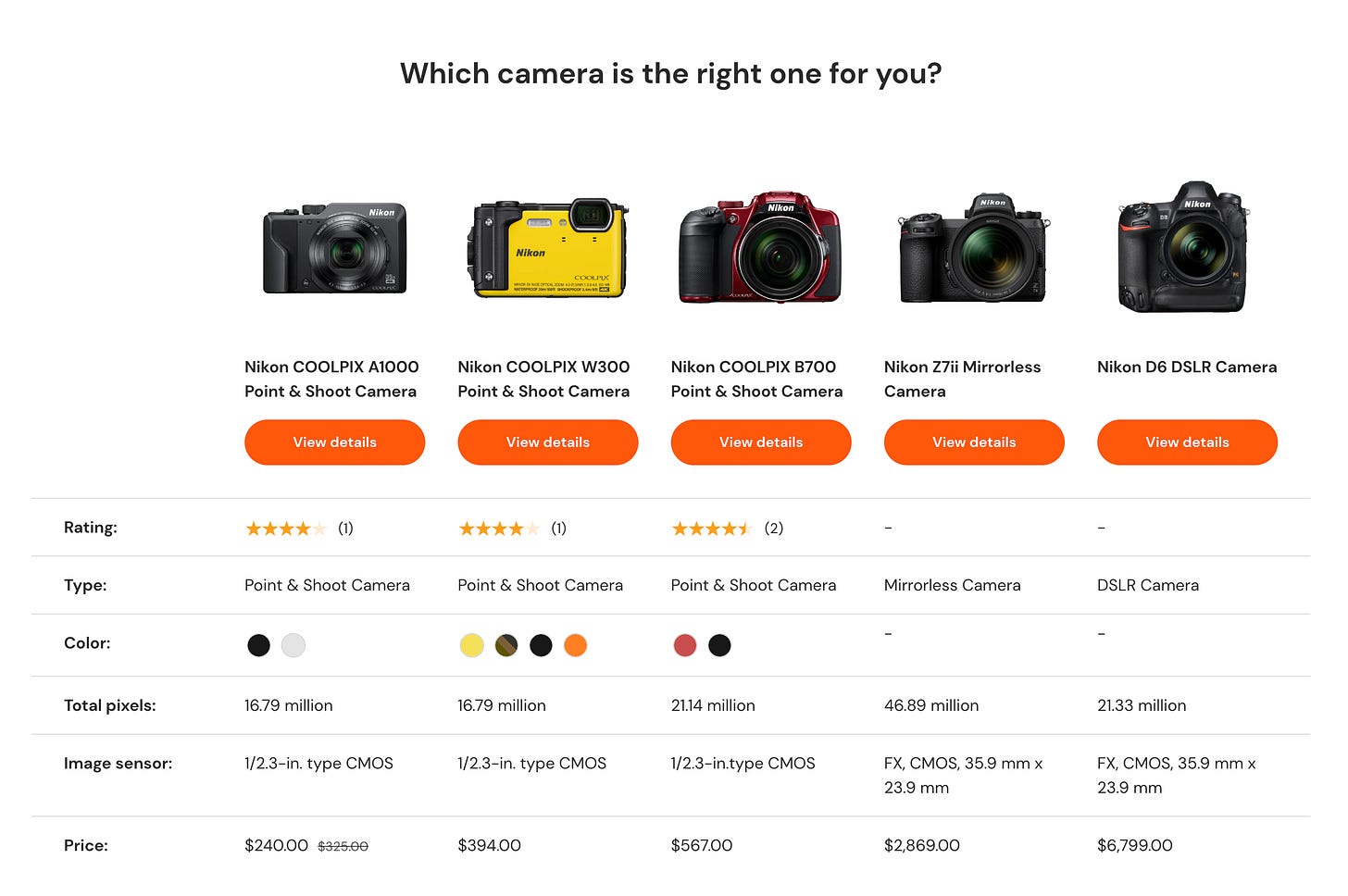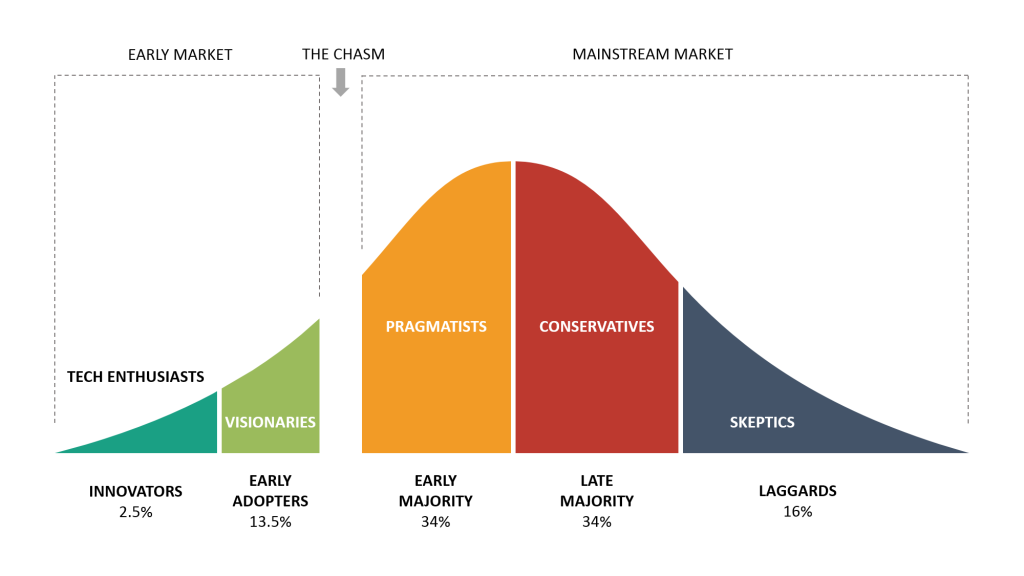Will Perplexity win the e-commerce battle?
E-commerce is a lucrative and growing market, but most companies that have tried to crack the code over the past 2 decades have not succeeded. Will Perplexity succeed where others failed?
Two weeks ago, Perplexity.ai announced Perplexity Shopping, a one-stop solution for researching and buying products, marking its foray into e-commerce. I have been a strong proponent of Gen AI solutions and their ability to disrupt existing industries, so naturally I was keen to check it out.
However, this is not the first time that a company, whose core competence is in search, has attempted a foray into e-commerce ( read about Alphabet’s attempt in the past decade ) without success. And having built e-commerce solutions at Amazon for 8.5+ years, I can say that I have a pretty good understanding of why e-commerce is so hard to break into. So I was also keen to dive into Perplexity’s solution and see if they have an ace up their sleeve.
So let’s dive right in and start with 3 things that I like about their product:
1.1 Clean, uncluttered interface
The interface is conversational and allows the user to specify what they are looking for in detail. This is useful both for queries where the user knows exactly what they are looking for, or queries where they have no clue, like the one below.
1.2 Relevant responses
The responses are well organized, with the all the key details that a user cares about during their shopping experience. The ability to take a look at product photos from different angles, rating of the product, price, delivery costs and a summary of good / bad about the product from the feedback is important for a buyer to make their decision.
1.3 End-To-End integration through purchase
This is where a lot of search players have made a grave error in the past, i.e. using their competence in search to provide the results, but not taking the next step into helping the buyer complete the purchase. I was happy to see that Perplexity did not fall into this trap and had a fully integrated experience.
Now, let’s switch to 3 things that need to be better if they are serious about making a dent in the e-commerce market:
2.1 Maniacal focus on Selection-Pricing-Availability
Selection: If a product that the customer seeks is not available, they will go to another site to fulfill their need. Additionally, that customer will build a perception that products they want are not available on the site and may not come back as a regular shopper.
Pricing: If the product is in the catalog, but not at the price that the best price in the market, they will go out and seek the best price elsewhere.
Availability: Finally, the product needs to also be in stock, ready to ship.
The Amazon flywheel below beautifully explains why Selection ( pricing and availability is implied ) is critical to provide the best customer experience, leading to repeat customers. The key point to note here is that these three aspects are orthogonal to the capabilities that you develop as a search engine, and therefore are often overlooked.
2.2 Intuitive product comparison
A conversational experience works best when the shopper either knows exactly what they want ( they can provide a clear input and get the result they want ) or when they are clueless ( they can ask questions to understand and narrow down their choices ). However, very often, a shopper will know the kind of product they need, perhaps know a brand or two that their friend mentioned, but need to make a choice between variants of the product, or products with similar capabilities across Brands, a conversational experience can be laborious.
What further complicates the matter is that product comparisons are multi-dimensional, and shoppers may not be aware of all these dimensions, let alone having a point of view on what attribute they would prefer on a certain dimension. Finally, the nature of this comparison varies widely by the product type / category ( e.g: I may choose a shirt based on its material / color, but I need a lot more detail to purchase a high-end camera ).
So while Perplexity claims to simplify decision making, in reality, for a vast majority of products, it will be harder to make a product decision on Perplexity ( vs Amazon ).
2.3 Fast delivery, at low cost
Amazon’s Prime has established itself as the gold standard for product delivery. The 2-day shipping promise, no shipping charges and easy returns has built a really strong bond of trust with shoppers over the last 2 decades that is hard to beat. According to CIRP estimates, 184 million Amazon customers had Amazon membership as of June 2024. With such widespread adoption, it is safe to assume that the cohort of users that will be early adopters for Perplexity Shopping, will most certainly already be Amazon Prime users.
In order to gain acceptance among this user base, Perplexity will need to meet, or exceed the bar that has been set by Amazon. The integration with Shopify is a good first step, but it will not be sufficient for it to make it a dent in the e-commerce marketplace.
3. Conclusion
In 1991, Geoffery A Moore published his seminal work, Crossing the Chasm, illustrating the critical divide that exists between early adopters and the mainstream market. Moore's seminal work reveals that success is not merely about technological brilliance, but about strategic positioning, targeted marketing, and creating comprehensive solutions that address real-world needs. The key to technological market success lies not in broad appeals, but in deep, focused strategies that systematically expand from a well-defined initial market, ultimately enabling companies to leap across the treacherous chasm that separates technological potential from widespread commercial adoption.
Perplexity Shopping is undoubtedly off to a great start, but the key questions that the team needs to answer as they look ahead are:
3.1 What is one compelling reason, for a shopper to complete a transaction on Perplexity Shopping?
3.2 What is one compelling reason that will bring the shopper back to Perplexity Shopping for their next purchase?
There are no easy answers to these questions, but the quest to find the answer will be transformative, and will propel us into the next generation of e-commerce solutions. As they say, the journey is more important than the destination!






